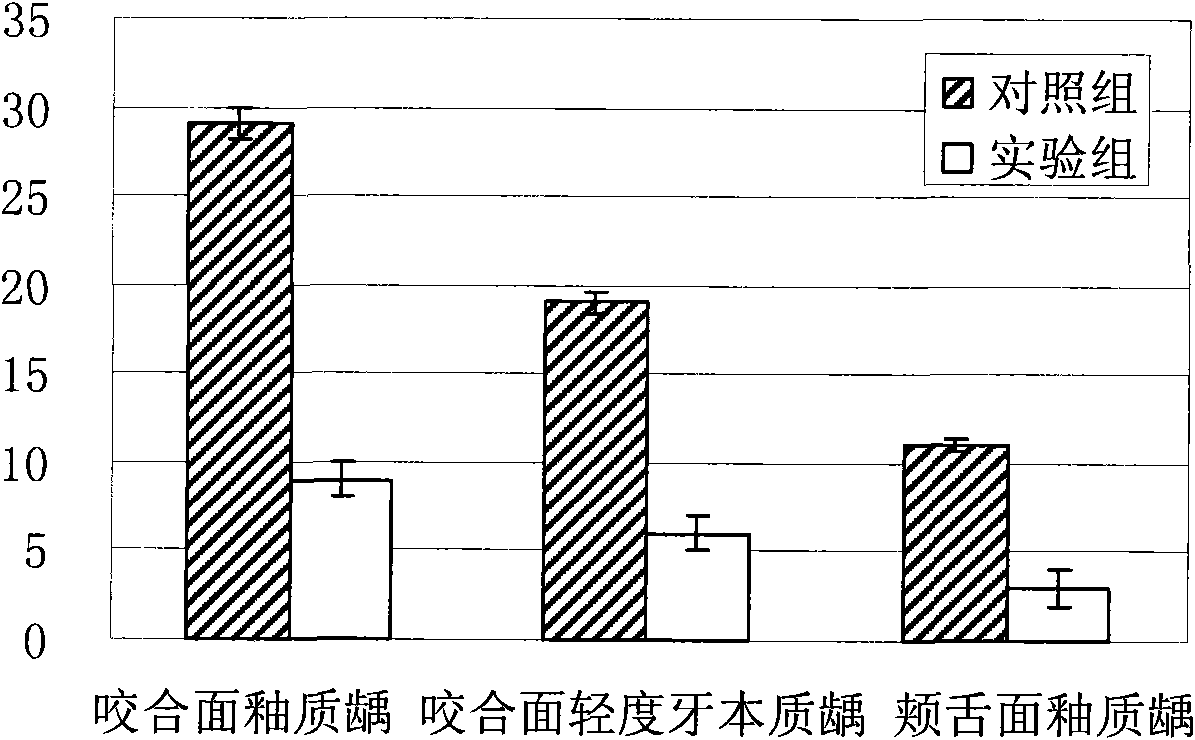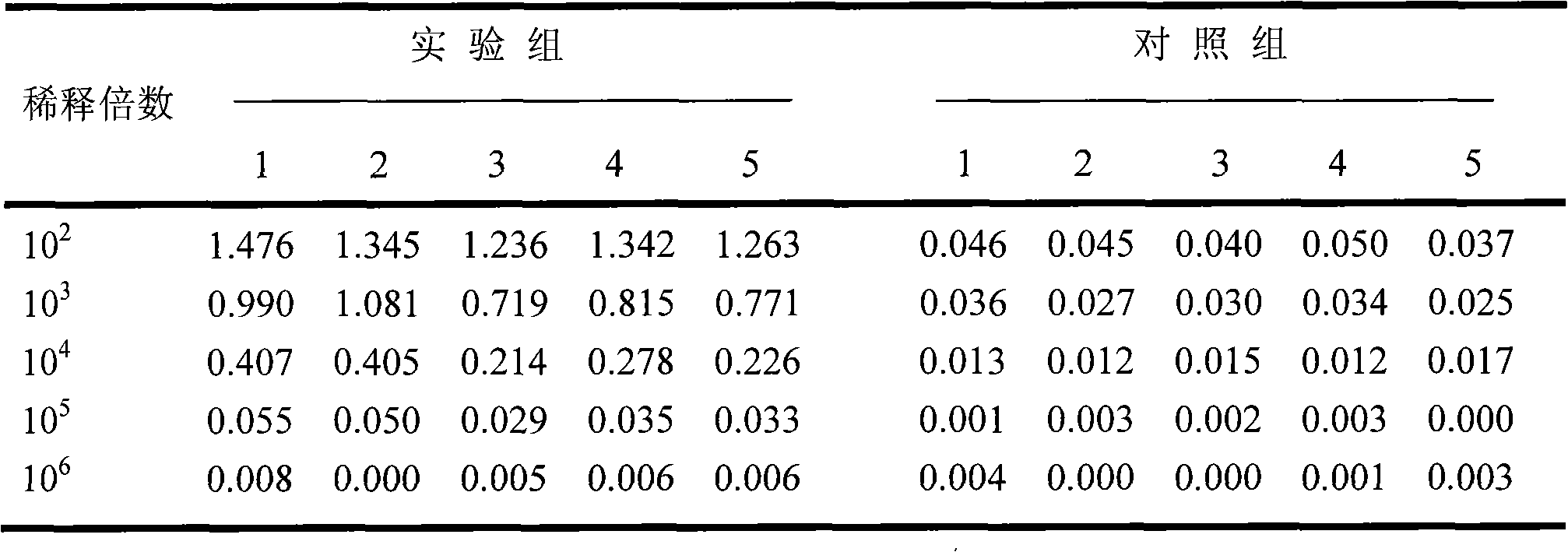Preparation for pCN-SSISG of dual-promoter bivalent anti-caries DNA vaccine
A dual-promoter, anti-caries technology, applied in the field of biological vaccines, can solve the problem of inability to express antigens in prokaryotic cells
- Summary
- Abstract
- Description
- Claims
- Application Information
AI Technical Summary
Problems solved by technology
Method used
Image
Examples
Embodiment 1
[0054] Embodiment 1: The construction of pCN-SSIE plasmid, the steps are as follows:
[0055] 1. Use the plasmid pEGFP-N1 as a template to amplify the target gene fragment EGFP by PCR, and add a SalI restriction site upstream and a NotI restriction site downstream.
[0056] Using the plasmid pcDNA3.1-SBR as a template, the target gene fragment SBR was amplified by PCR, and Nco was added upstream
[0057] I enzyme cutting site, EcoR I enzyme cutting site is added downstream.
[0058] The two gene fragments obtained above were respectively connected to the cloning vector pMD18-T to obtain plasmids pMD18-T-EGFP and pMD18-T-SBR for amplification.
[0059] 2. The plasmid pMD18-T-EGFP and plasmid pIRES amplified in step 1 were subjected to Sal I and Not I double enzyme digestion to obtain the target gene fragment EGFP and the large fragment of the pIRES vector, and the two were connected in the ligation system to obtain pIRES-EGFP.
[0060] 3. The vector pCMVnir and the pIRES-EGF...
Embodiment 2
[0065] Embodiment 2: The construction of plasmid pCN-SSISG, the steps are as follows:
[0066]1. Using the plasmid pSG52 as a template, use PCR to amplify the target gene fragment GBR, and add a HindIII restriction site in the upstream, and a XhoI restriction site in the downstream; after connecting with the cloning vector pMD18-T, perform clonal amplification .
[0067] 2. The plasmid pMD18-T-GBR and the vector pTriEx-4 amplified in step 1 were subjected to HindIII and Xho I double enzyme digestion to obtain the target gene fragment GBR and the large fragment of the pTriEx-4 vector, and the two were carried out in the ligation system Ligated to obtain plasmid pTriEx-4-GBR.
[0068] 3. Select the signal peptide sequence of tissue-type plasminogen (tPA) suitable for the extracellular secretion of GBR protein, and design the signal peptide sequence to eliminate the double sticky ends of EcoRI and HindI II enzyme cleavage sites: the upstream 5' end is formed by EcoRI enzyme clea...
Embodiment 3
[0077] Example 3: Preparation of anti-caries vaccine with plasmid pCN-SSISG
[0078] 1. Transform attenuated Salmonella SL3261 with plasmid pCN-SSISG, and select positive clones after LA screening and enzyme digestion identification.
[0079] 2.37 ℃ aeration enrichment culture for 12 hours, ventilation volume 15m 3 / h, so that the bacterial concentration and the copy number of the plasmid pCN-SSISG are suitable.
[0080] 3. Centrifuge the cultured bacterial solution at 4°C at 4000rpm for 10 minutes, discard the supernatant and resuspend the pellet with an appropriate volume of sterile PBS, centrifuge for 10 minutes under the same conditions, freeze and dry the pellet to obtain a freeze-dried vaccine.
[0081] 4. The vaccine can be oral enteric-coated capsules or powders; the content of Salmonella in each serving is 1 billion. The powder must be diluted with cold boiled water before use. Take it after 4 hours after a meal, first take 200 milliliters of 5% baking soda orally ...
PUM
 Login to View More
Login to View More Abstract
Description
Claims
Application Information
 Login to View More
Login to View More - R&D
- Intellectual Property
- Life Sciences
- Materials
- Tech Scout
- Unparalleled Data Quality
- Higher Quality Content
- 60% Fewer Hallucinations
Browse by: Latest US Patents, China's latest patents, Technical Efficacy Thesaurus, Application Domain, Technology Topic, Popular Technical Reports.
© 2025 PatSnap. All rights reserved.Legal|Privacy policy|Modern Slavery Act Transparency Statement|Sitemap|About US| Contact US: help@patsnap.com



